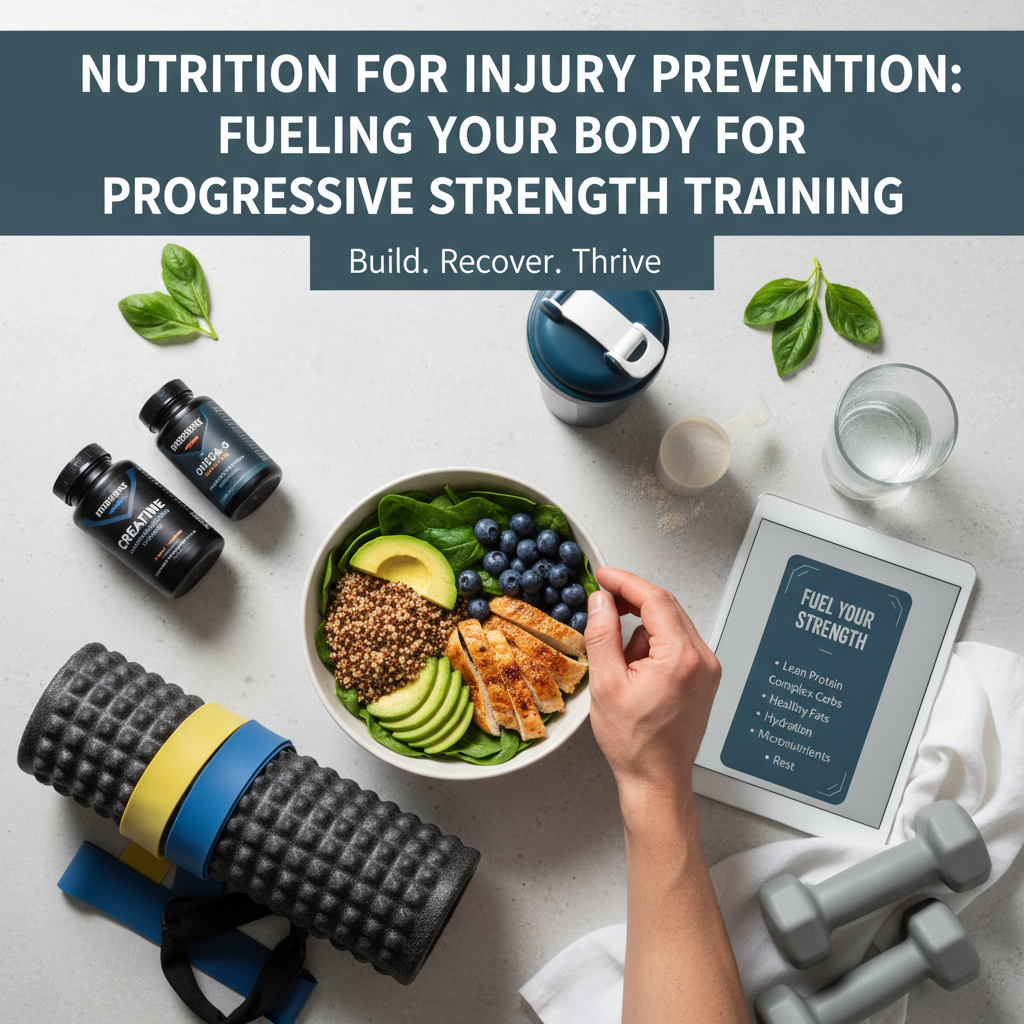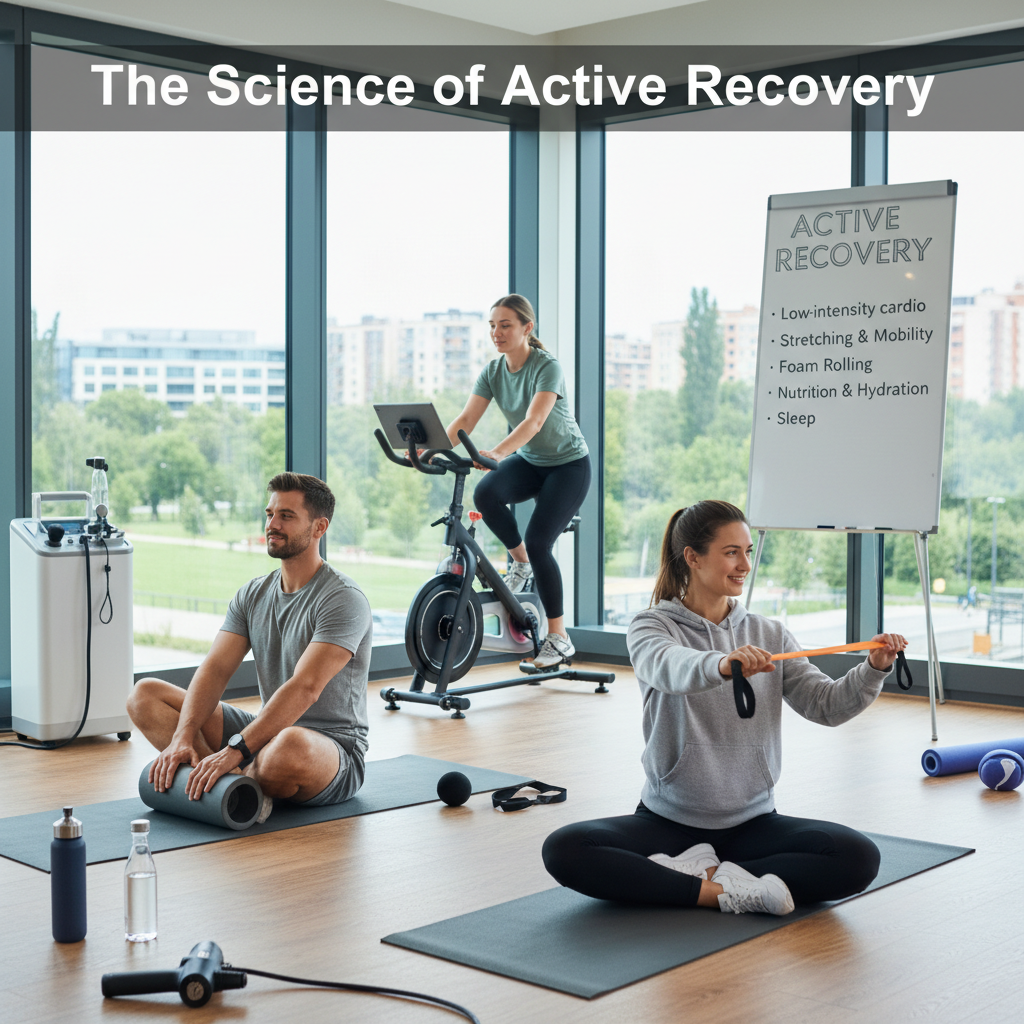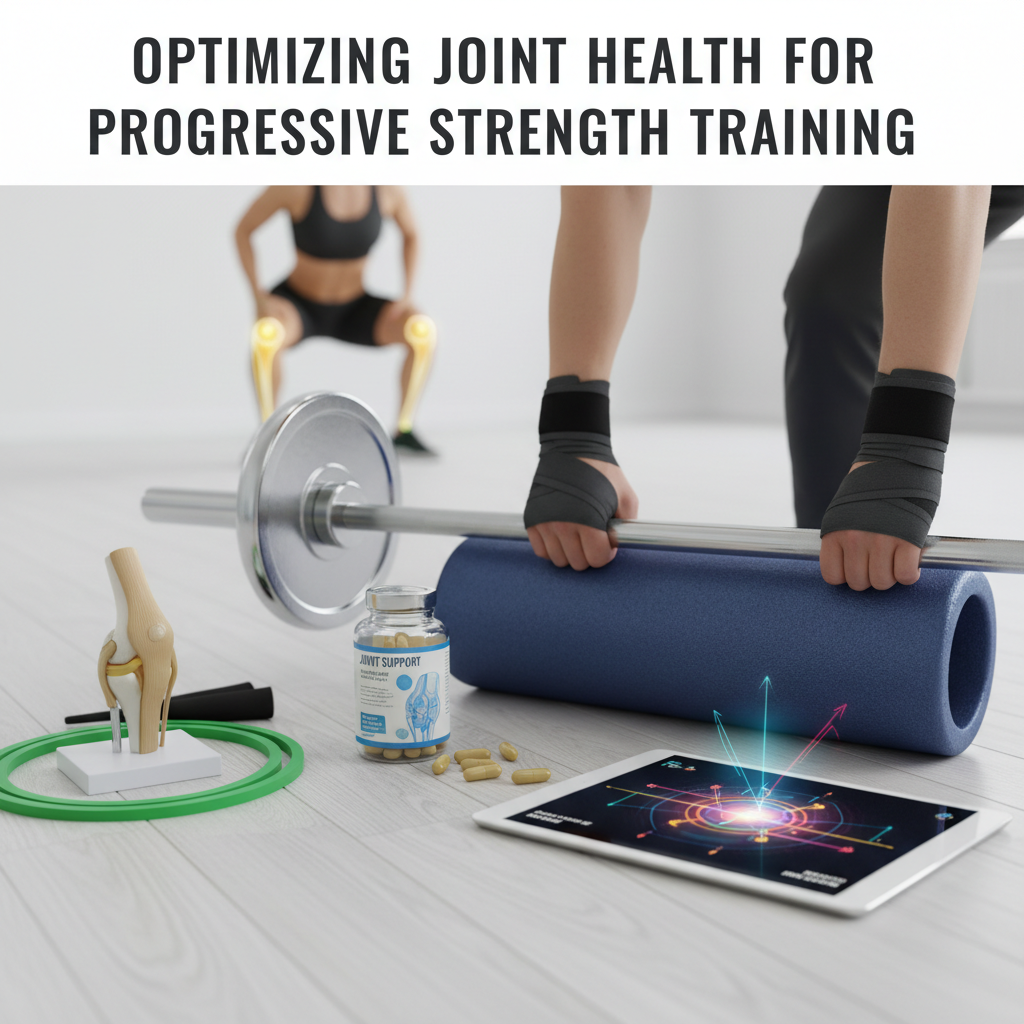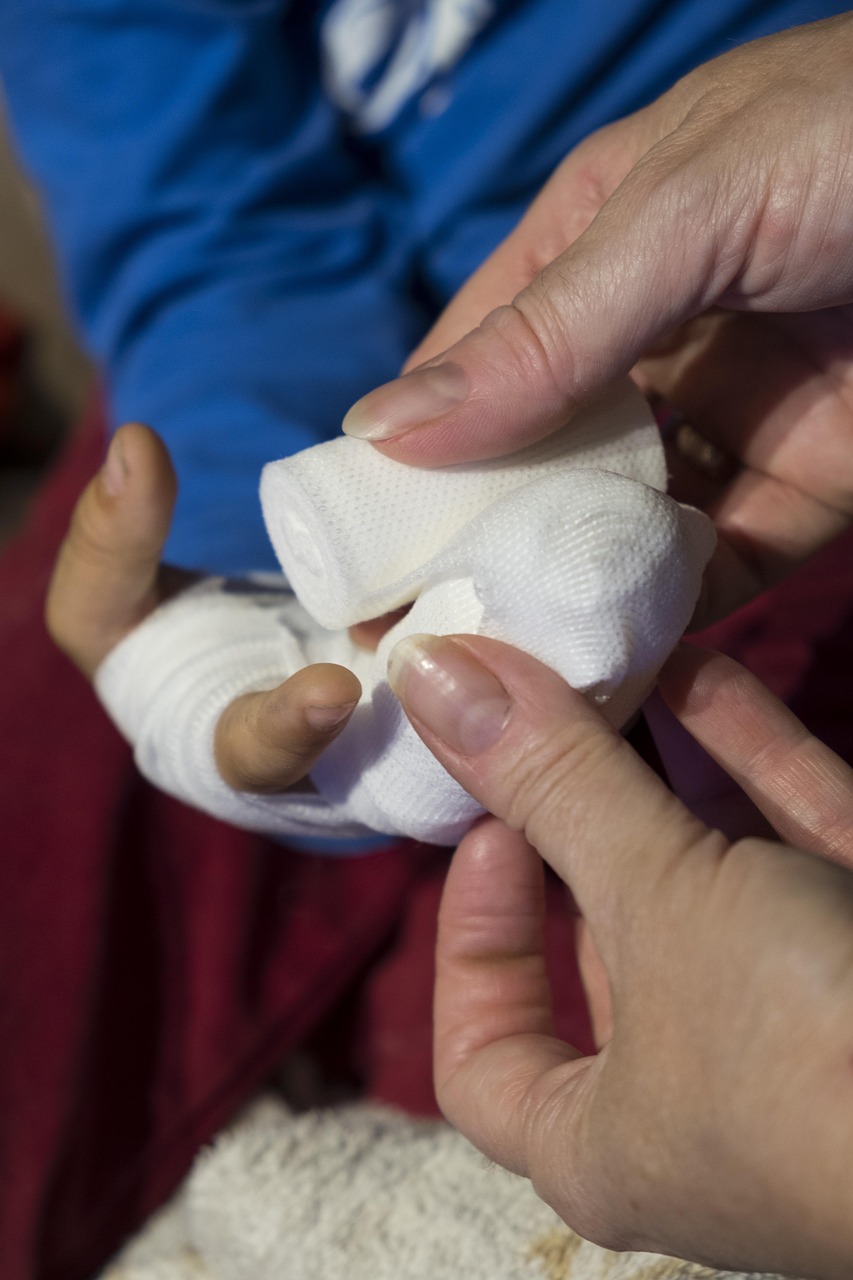
Optimizing Recovery: The Role of Sleep, Nutrition, and Active Rest in Progressive Strength Training
For lifters, athletes, and coaches who want steady strength gains but keep hitting plateaus, nagging soreness, or burnout — this is for you. You're frustrated: you push hard in the gym, you eat "enough", but progress stalls and your joints scream by week 4. Our team helps by blending sleep science, targeted nutrition, and smart active rest into your programming (we've guided 1,200+ clients through this), so you actually recover between sessions and keep adding weight, not aches. Learn more about smart active rest.
Why recovery matters in progressive strength training
Progressive strength training isn't just about lifting heavier. It's about creating enough stimulus to force adaptation, then giving your body the resources and time to adapt. Learn more about progressive strength training programs. Learn more about progressive strength training. Miss the recovery piece and you get injury, stalled strength, or chronic fatigue. Learn more about injury prevention. I've noticed athletes who improve sleep and nutrition first often add the quickest 5–10% strength gains — yeah, before changing their squat day.
What's actually happening when you recover?
Muscle protein synthesis, nervous system recalibration, tendon remodeling, and central nervous system restoration. Sleep drives many of those processes (growth hormone pulses during deep sleep, for example). Nutrition supplies amino acids and energy. Active rest helps circulation and reduces DOMS. So the "how" matters as much as the "how often."
How sleep affects muscle recovery and gains
How much sleep do you need? Aim for 7.5 hours of consolidated sleep most nights. Not negotiable if you're lifting heavy. Less sleep reduces strength, reactive power, and motivation — it's simple.
Quick, practical sleep tactics:
- Lights-out at the same clock time daily (yes, weekends too) — consistency matters.
- Sleep environment: 65°F (18°C), blackout curtains, white-noise machine if you're in a noisy place.
- No screens 60 minutes before bed; read or do light mobility instead.
- Caffeine cutoff 6 hours before planned sleep time (that afternoon espresso is sneaky).
- Short naps: 20 minutes after a heavy morning session can restore focus without wrecking night sleep.
Nutrition strategies for workout recovery and muscle repair
Protein, timing, carbs, hydration — they're all players. Here's a clear, actionable template I use with clients.
- Daily protein target: 1.6 grams per kg bodyweight (for a 90 kg athlete that's 144 grams). Split that into 4–5 meals with 25–40 grams of high-quality protein per meal (whey post-workout is fine).
- Post-workout window: within 60 minutes, 30 grams of whey (or a whole-food meal with similar protein) plus 0.5–0.7 grams carbs per kg for glycogen repletion if you train hard twice a day.
- Leucine trigger: aim for ~2.5 grams leucine per meal to maximize muscle protein synthesis (about 25 grams high-quality protein typically supplies that).
- Creatine: 3–5 grams daily — consistent. It helps strength recovery and session output.
- Hydration: weigh yourself before/after hard sessions; 1 kg lost ≈ 1 liter fluid. Replace across the day, not all at once.
Active rest: what it is and how to program it
Active rest isn't just lying on the couch watching highlights (tempting). It's low-intensity work that promotes blood flow, mobility, and nervous system reset without adding mechanical stress.

Examples that actually help:
- 30-minute walk at conversational pace the day after a heavy squat session.
- 20 minutes of guided mobility (hip opens, thoracic rotations) and 5 minutes of foam rolling.
- Easy cycling for 25 minutes on a recovery day (keep heart rate Zone 1 — easy).
- Contrast showers or a 10-minute cold plunge (if you tolerate cold) to blunt inflammation after competition-level efforts.
Programming tip: schedule active rest as a deliberate micro-session. It doesn't replace deloads — it extends your capacity between heavy weeks.
How to tell if you're under-recovered
Don't guess. Track simple metrics.
- Resting heart rate: if it's up more than 5 beats per minute from your baseline on two mornings in a row — back off.
- Sleep quality: if you feel unrefreshed after 7.5 hours consistently, treat that as a red flag.
- Training performance: if your top set RPE is +1 to +2 across sessions with no load increase, you're likely accumulating fatigue.
- Mood and appetite: persistent irritability, poor appetite, or lack of motivation signals chronic under-recovery.
Putting sleep, nutrition, and active rest together — a 6-week mini-plan
So here's a simple blueprint to hit the ground running. Try it for 6 weeks, then take a one-week deload (lower volume by ~50%).
- Weeks 1–5: 4 strength days (2 heavy, 1 volume, 1 technique), 2 active rest days, 1 complete rest day.
- Daily: 7.5 hours sleep target, 144 grams protein (example for 90 kg), creatine 5 grams, consistent hydration.
- Post-session: 30g whey + 0.5 g/kg carbs within 60 minutes after heavy sessions.
- Every third week: reduce volume by 10–15% if you notice soreness accumulating.
The best part is — this plan scales. If you're busier, drop one accessory set, keep sleep and protein sacred. You'll preserve gains without burning out.
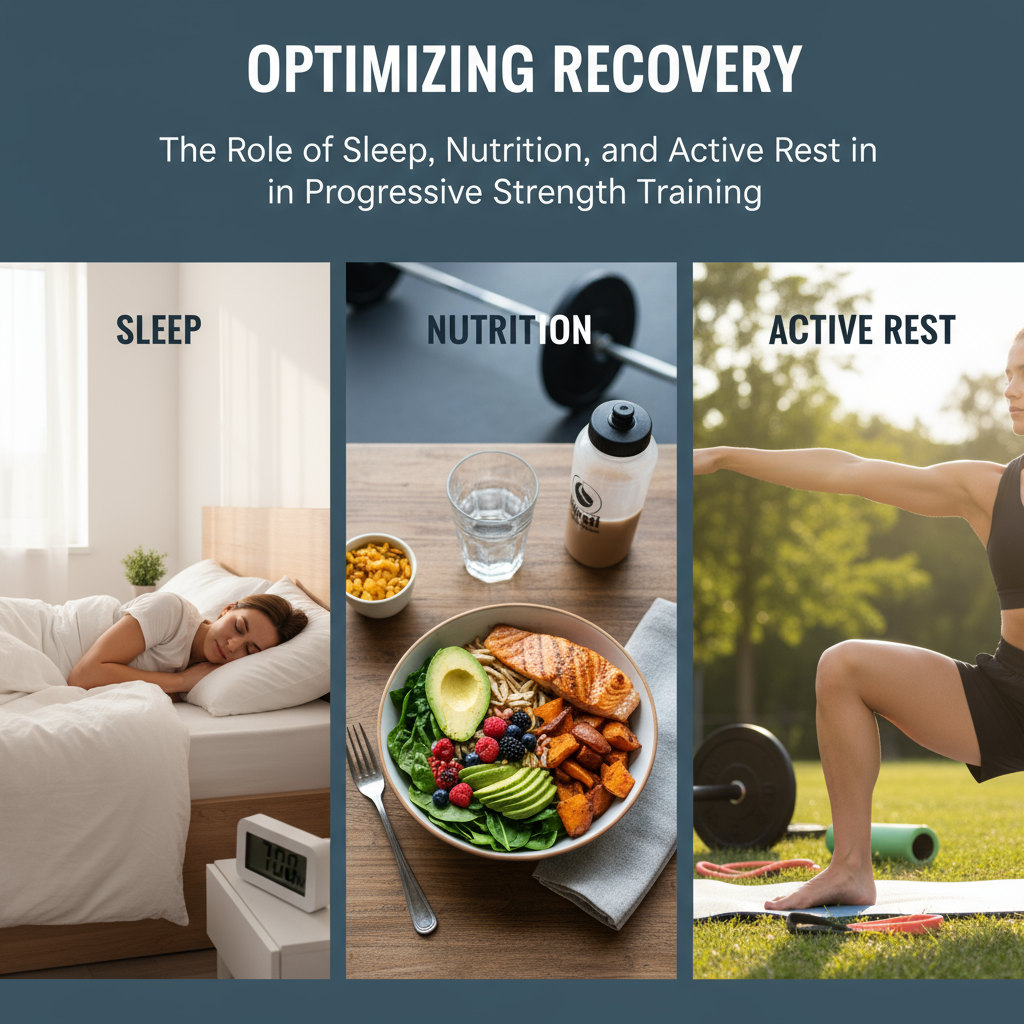
Simple recovery checklist before your next training block
- Sleep schedule set for 7.5 hours/night; room at 65°F.
- Protein plan: target hit across meals; post-workout shake ready.
- Active rest options mapped (walks, mobility, foam roll) for off-days.
- Metrics to track: morning resting HR, session RPE, sleep quality.
When to get help (and what help looks like)
If you're still stalled after improving sleep and nutrition, that's when targeted programming helps. Our coaches run an initial 14-point recovery assessment (sleep logs, food log, HR baseline, movement screen) and then build a week-by-week recovery-first plan (not a generic plan). If this feels overwhelming, our team can handle the diagnostics and create the program so you can focus on lifting.
FAQs
How much sleep do I need for muscle recovery?
Aim for 7.5 hours of consolidated sleep most nights. Short naps (20 minutes) can help after heavy morning sessions, but avoid long naps late in the day which can disrupt night sleep.
What should I eat immediately after a strength workout?
Within 60 minutes: 30 grams of fast-digesting protein (whey) or an equivalent whole-food meal, plus 0.5 grams carbs per kg if you had a very long or glycogen-depleting session. Add water and a pinch of salt if you sweated heavily.
Can active recovery replace a deload week?
No. Active recovery helps between sessions, but you still need a planned deload every 6 weeks or so (or sooner if performance drops) to reduce accumulated fatigue and allow full adaptation.
Which supplements actually help recovery?
Creatine (3–5 g/day) improves power and recovery. Omega-3 (about 2 g/day) helps inflammation management. Vitamin D if deficient. Protein supplements are convenient to hit targets (30–40 g post-workout is practical). Don't expect magic — these support a sound sleep and nutrition foundation.
How do I know if my training load is too high?
Track morning resting heart rate and session RPE. If resting HR is elevated by 5+ bpm for 48 hours, and RPE drifts up without load increases, reduce volume or intensity and prioritize sleep and hydration for 5–7 days.
